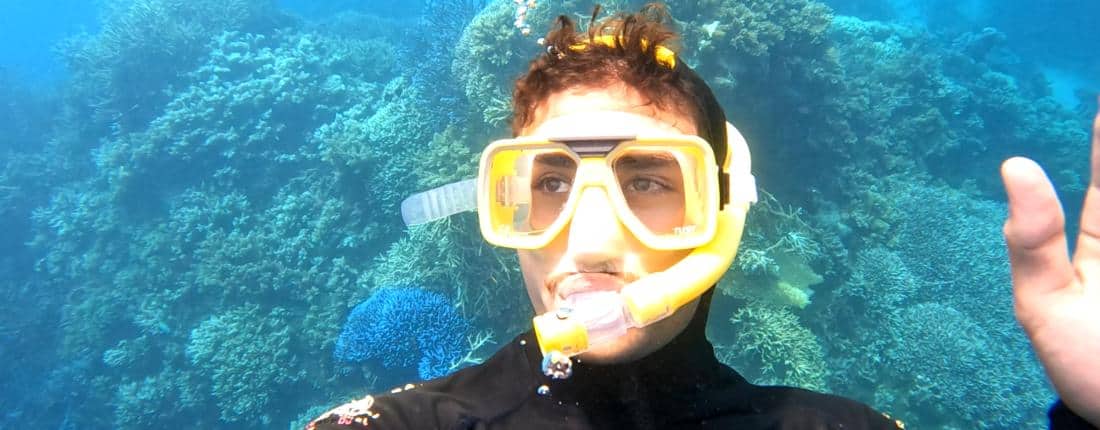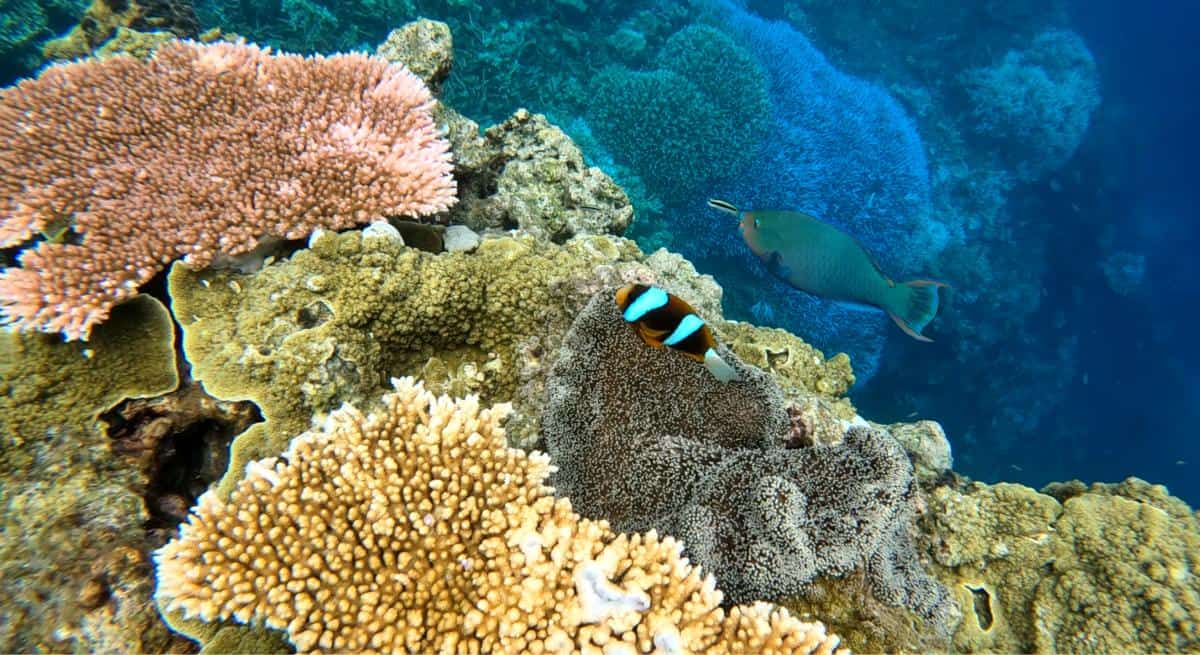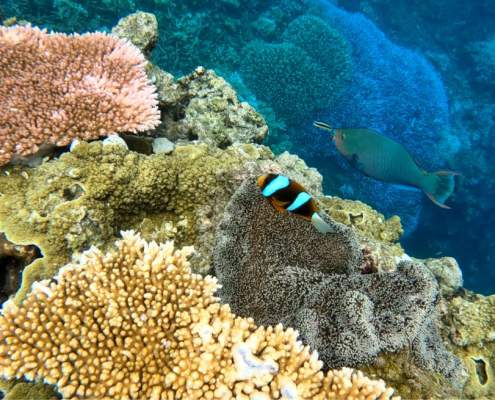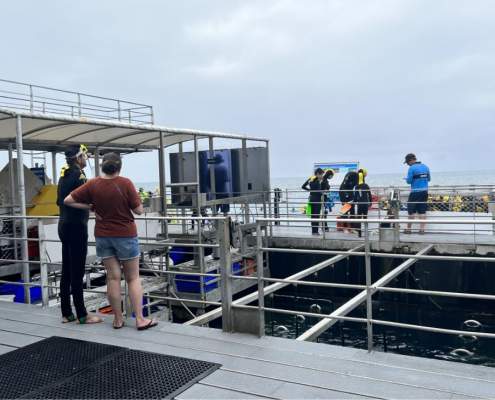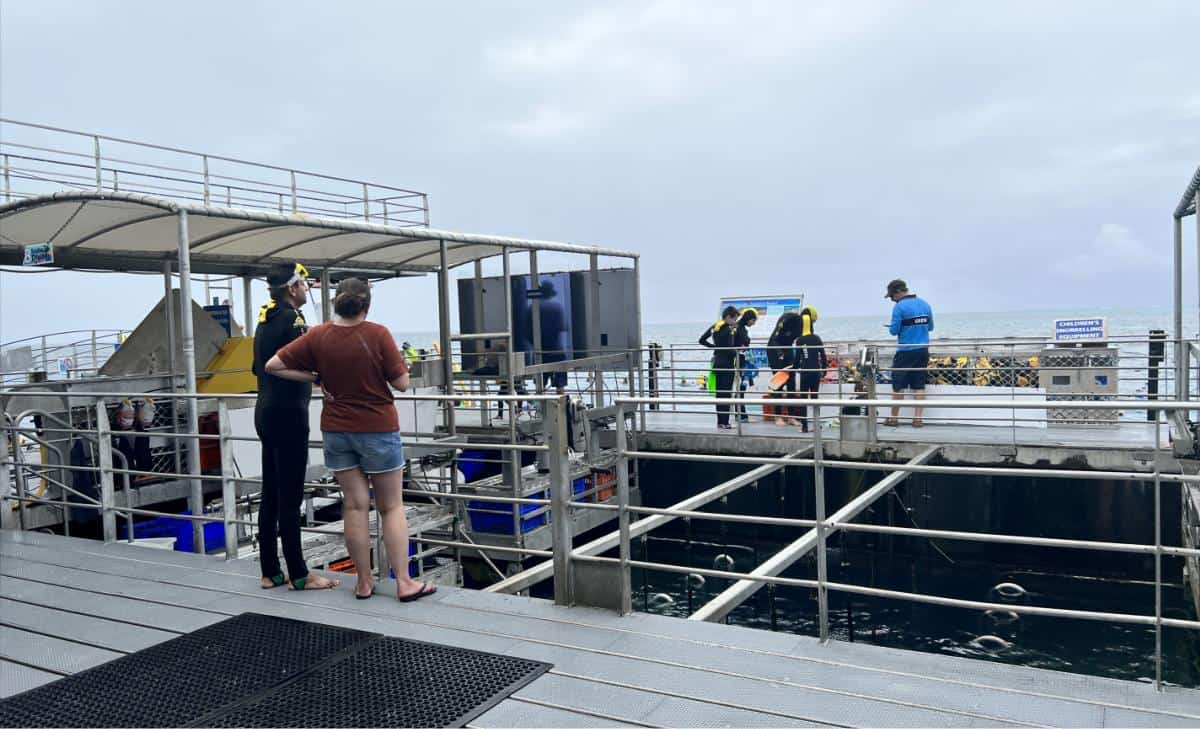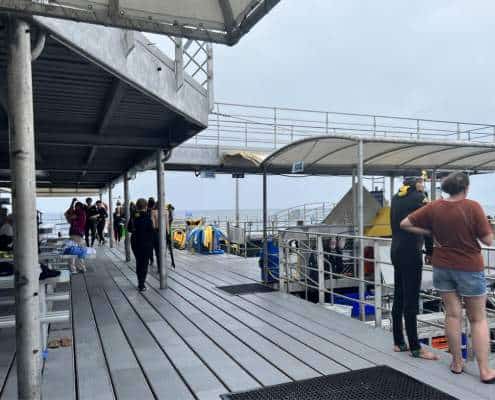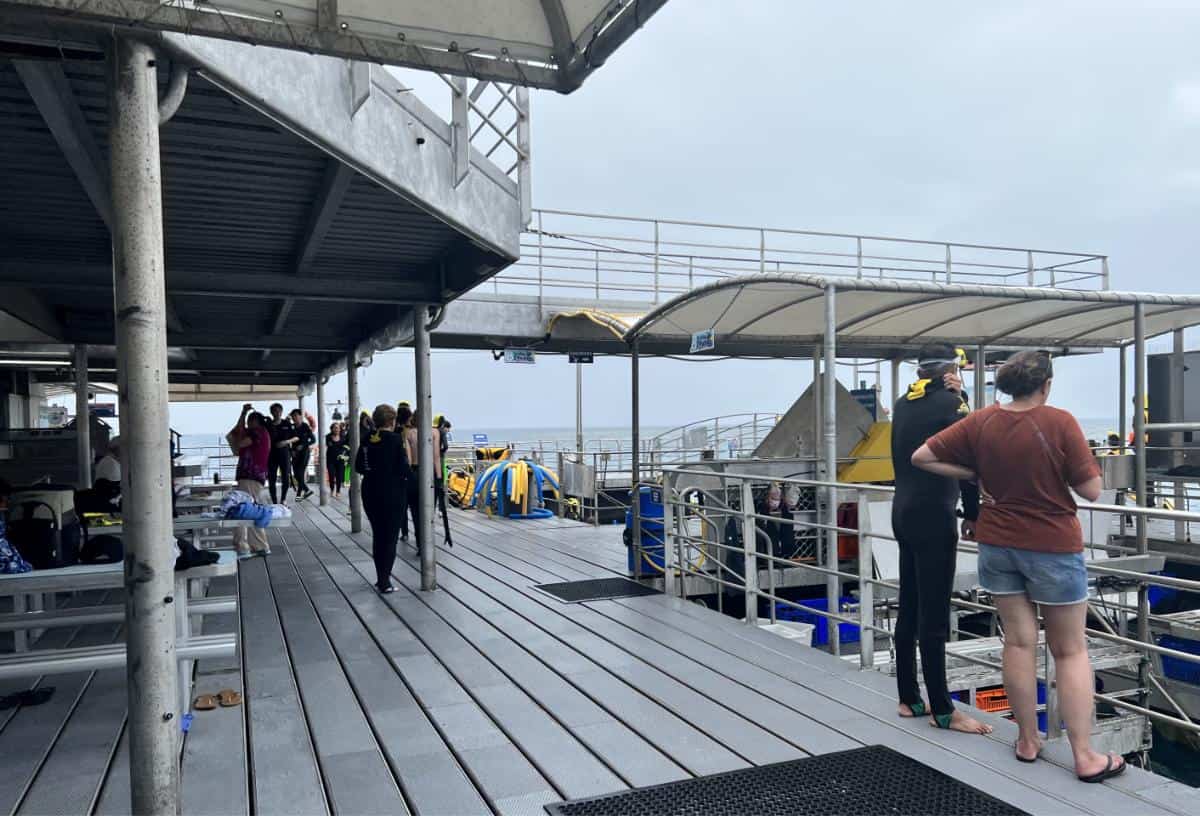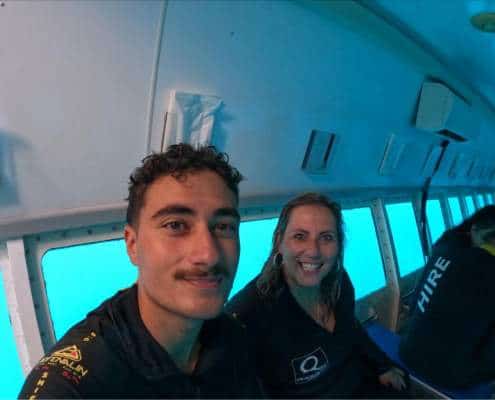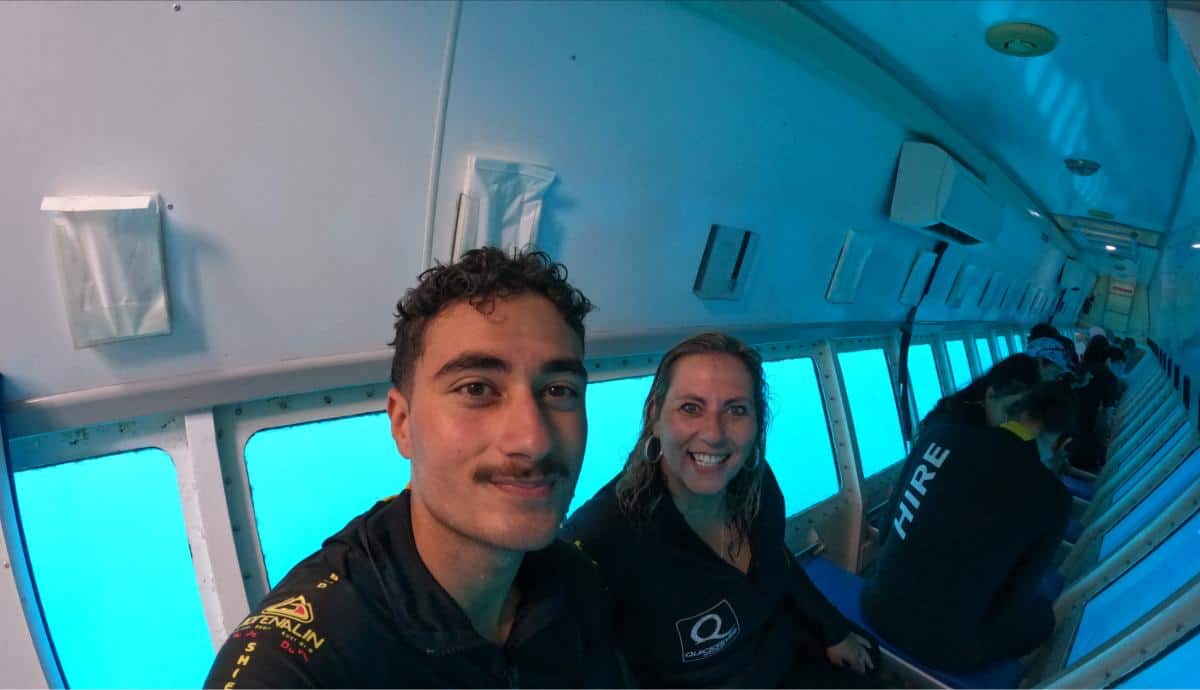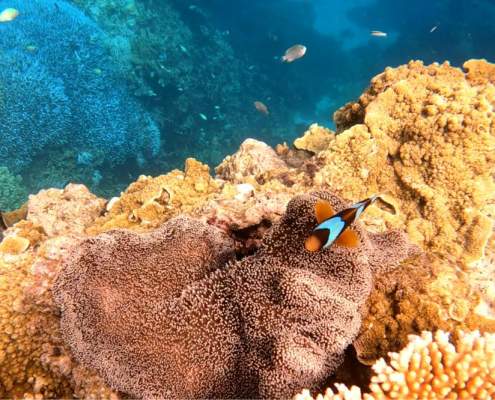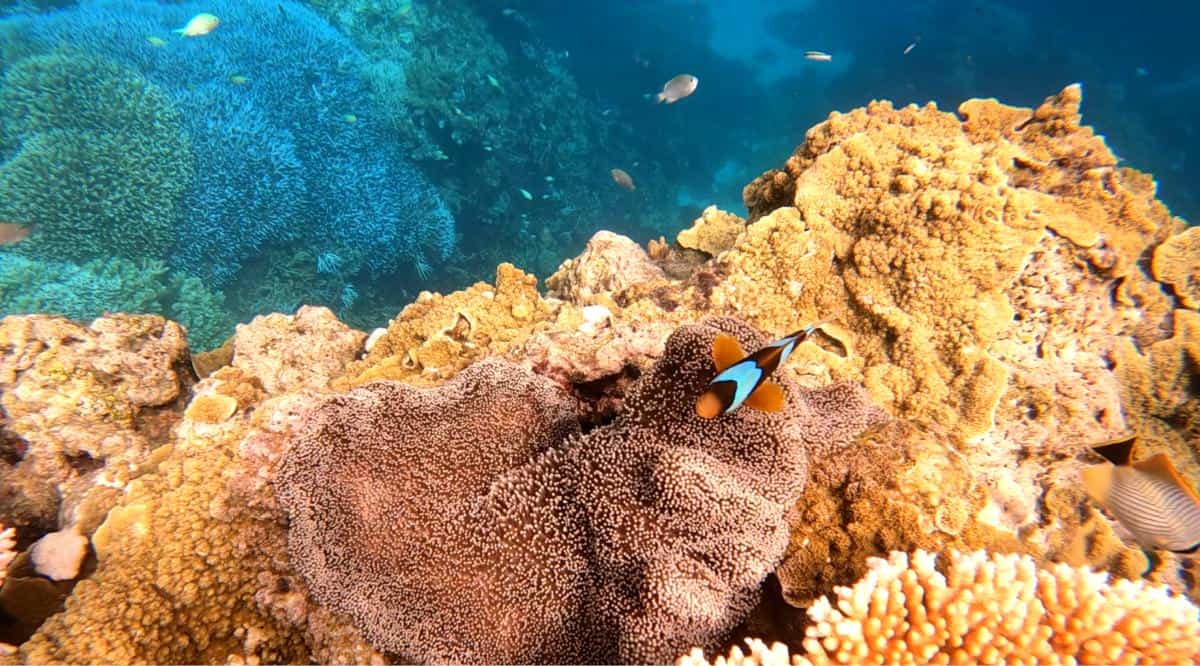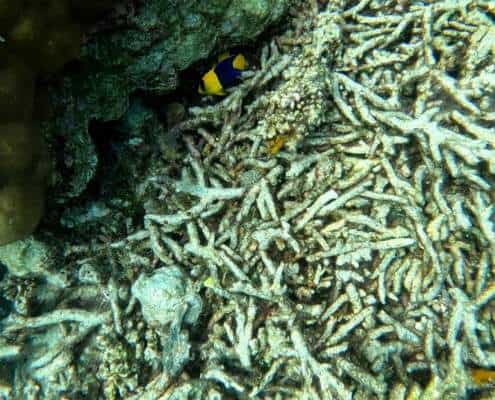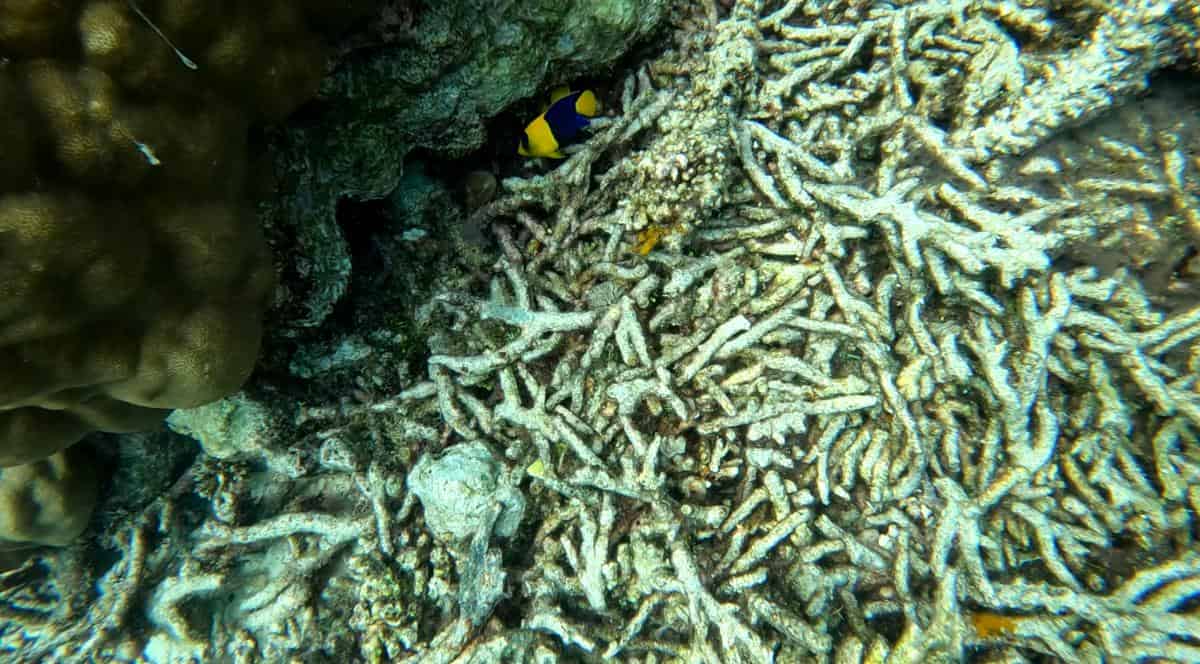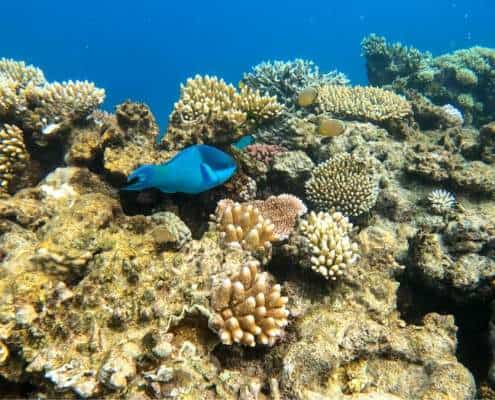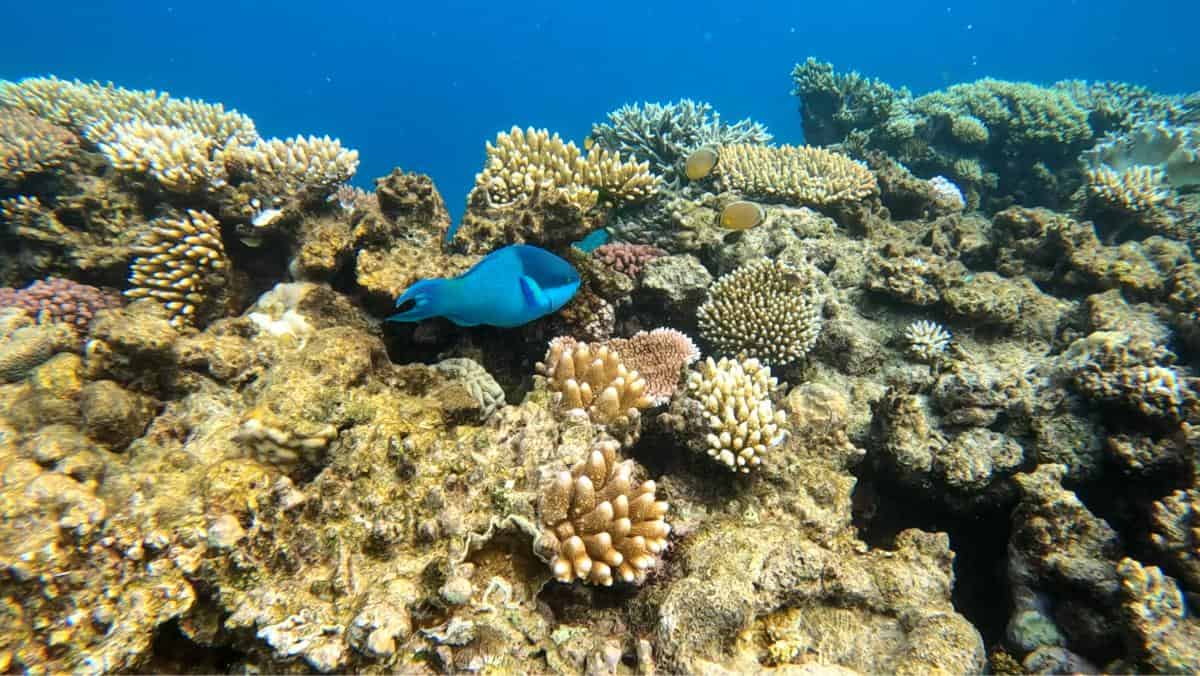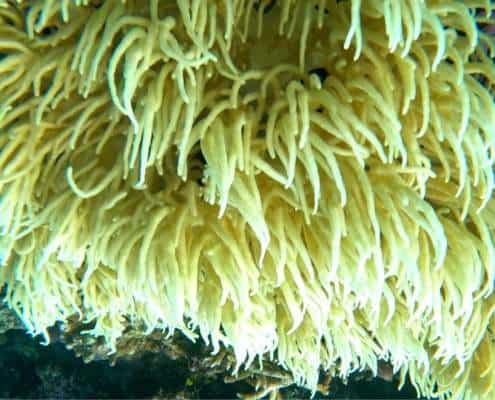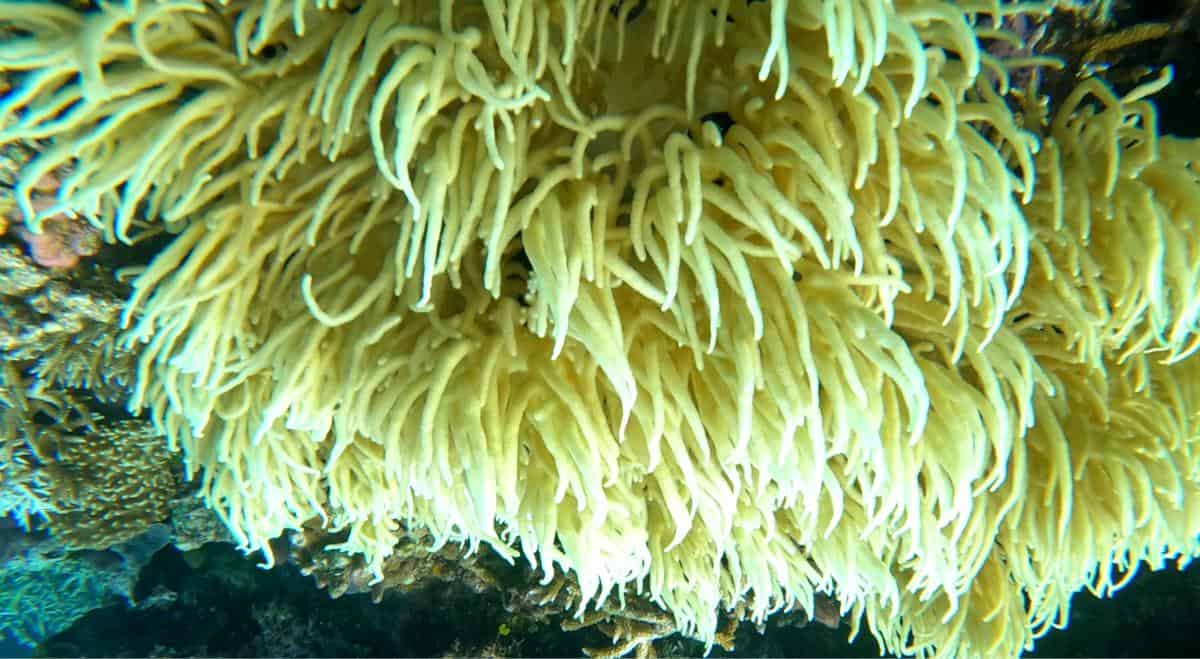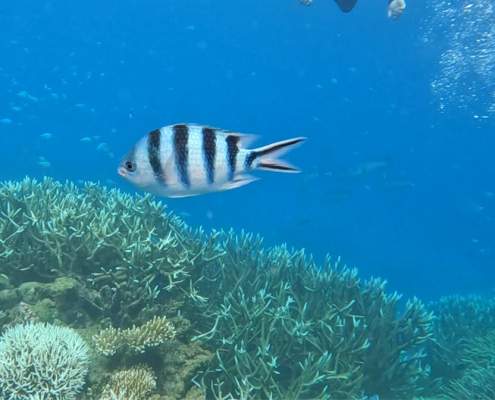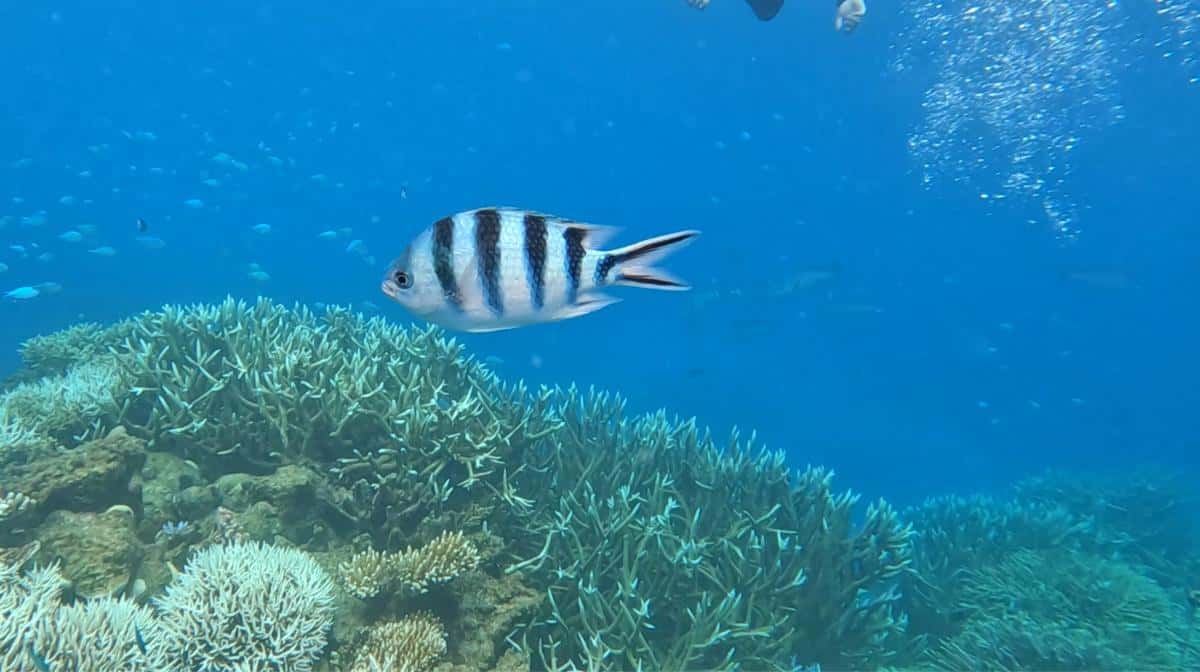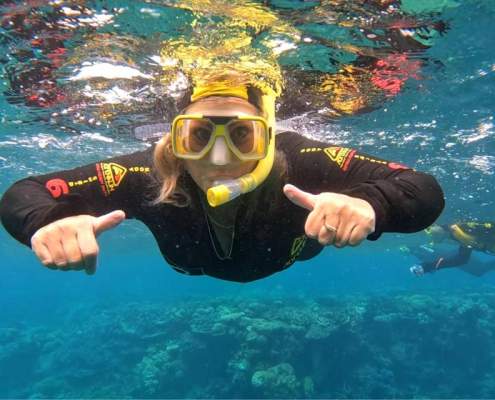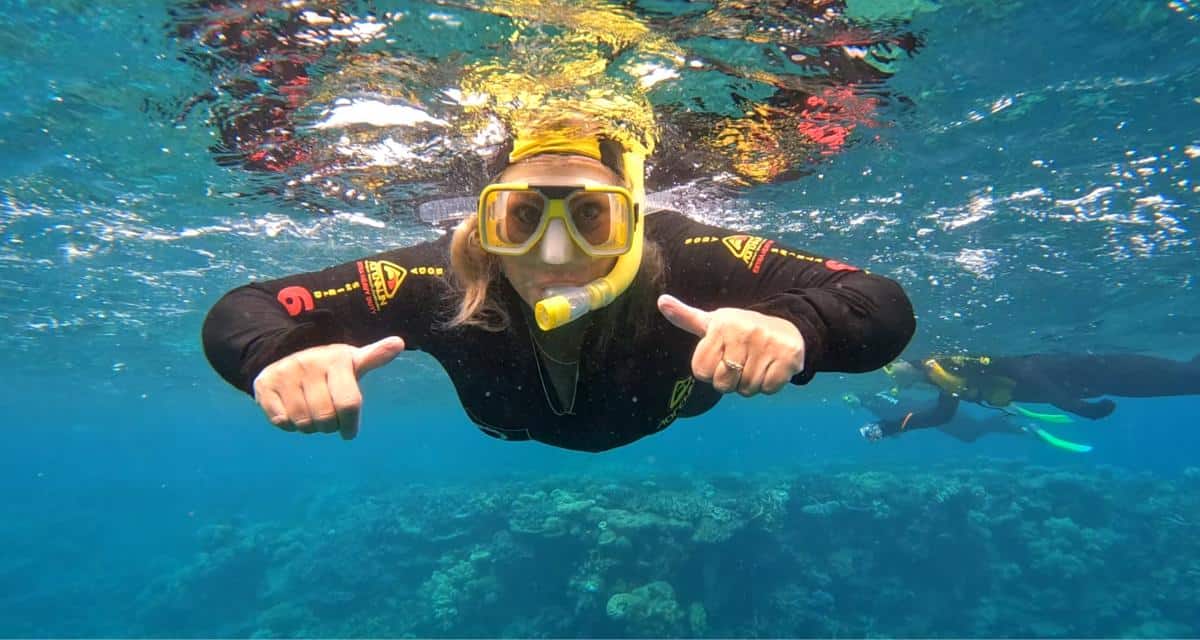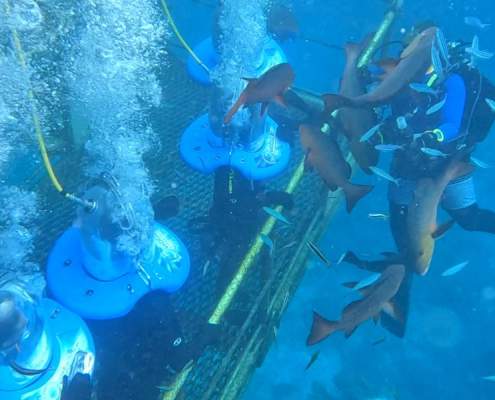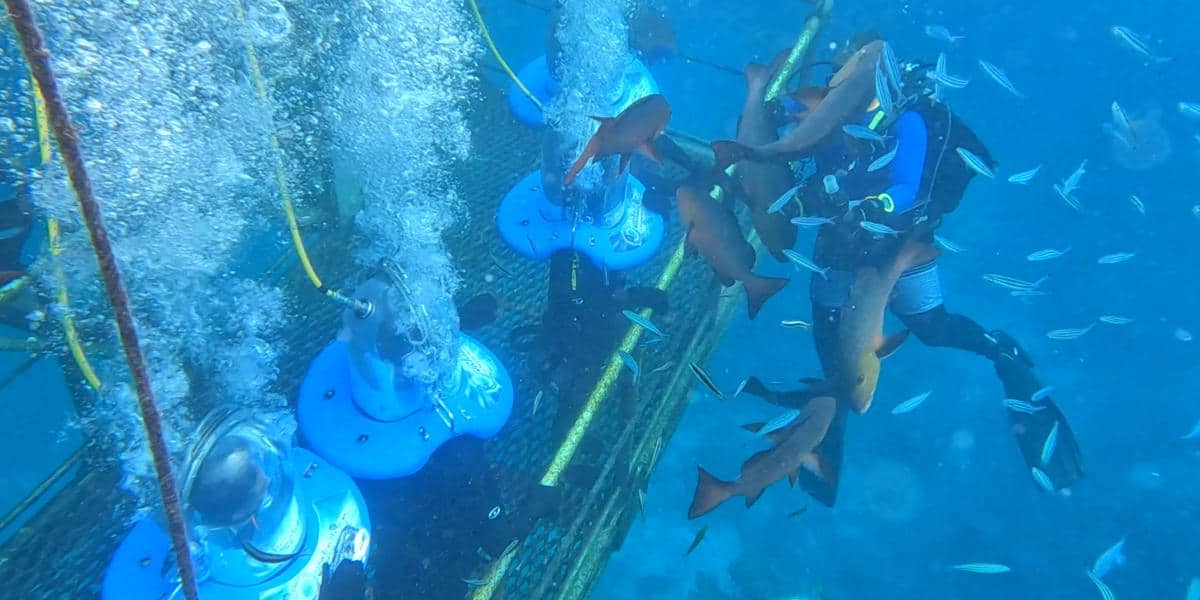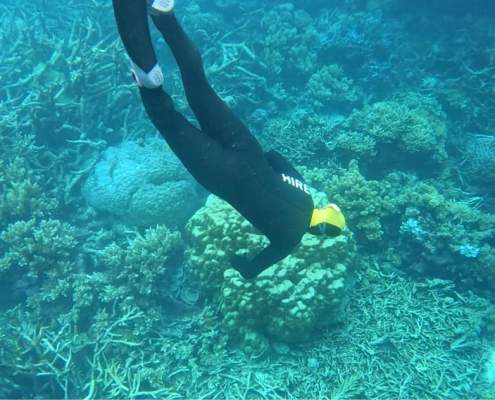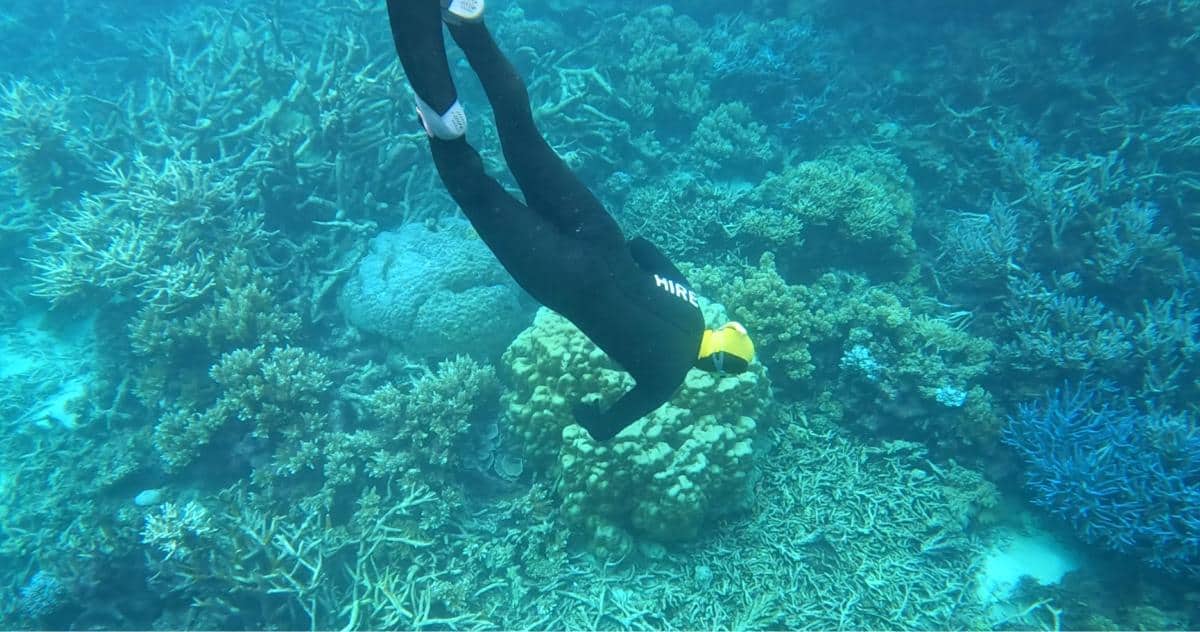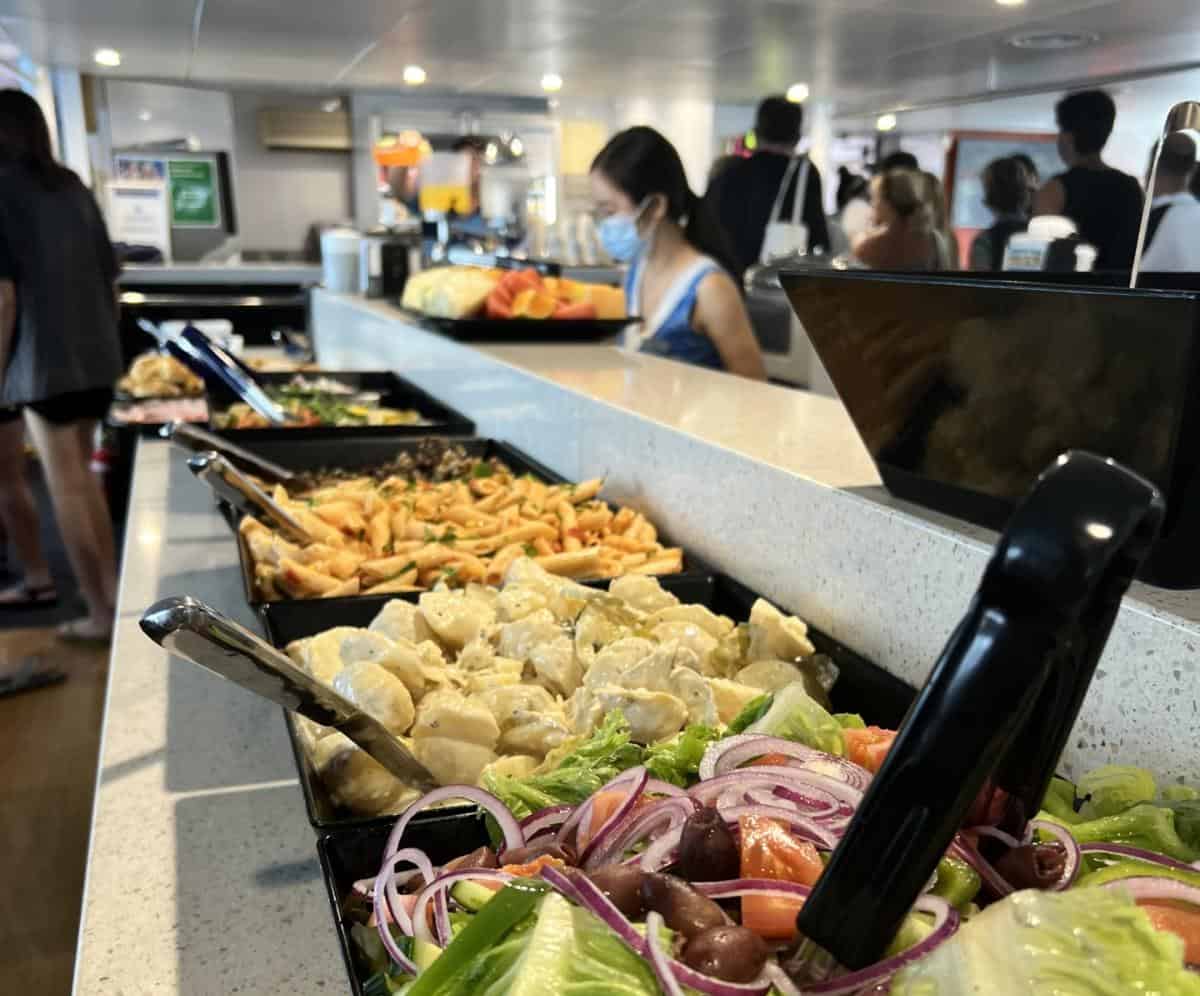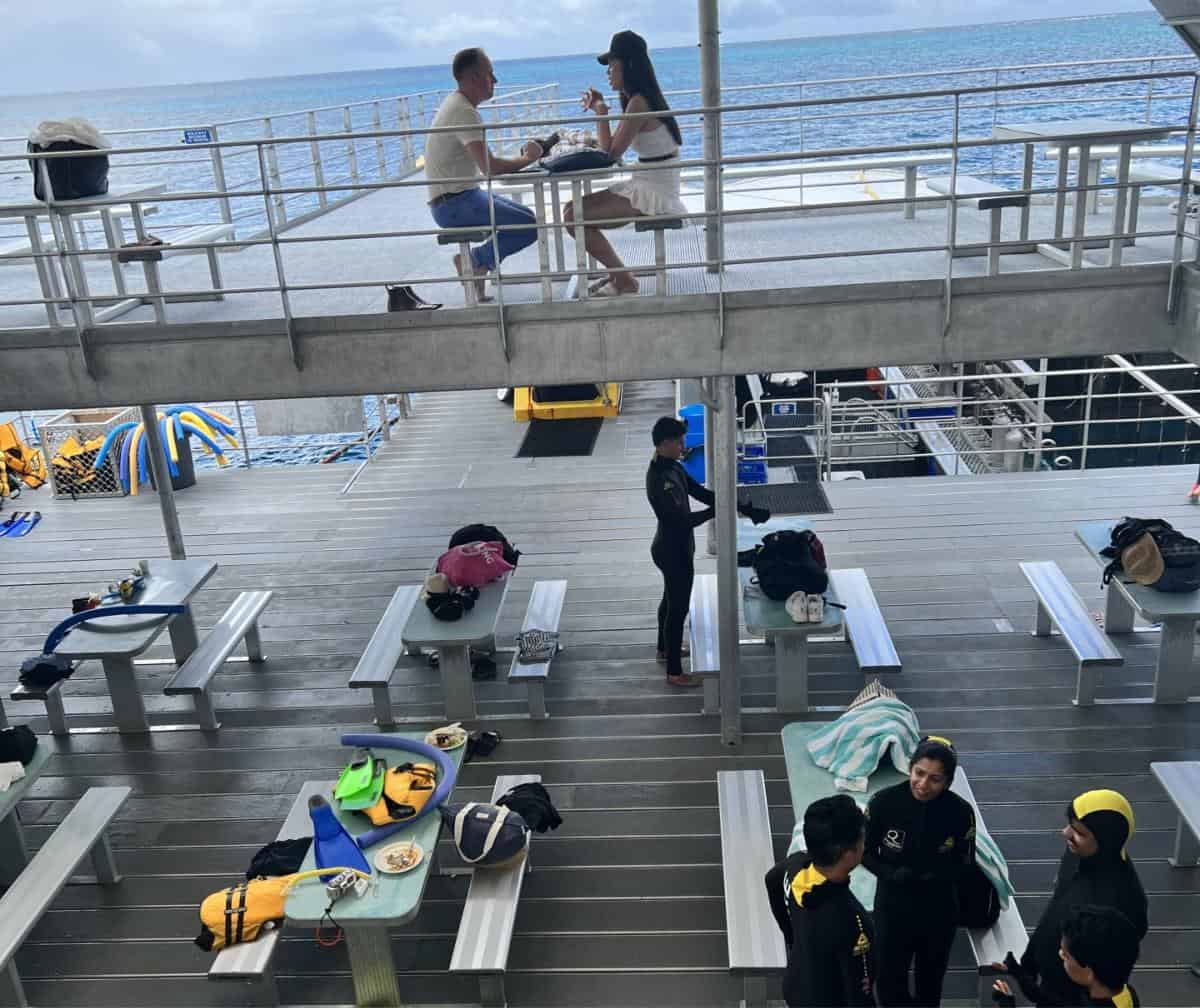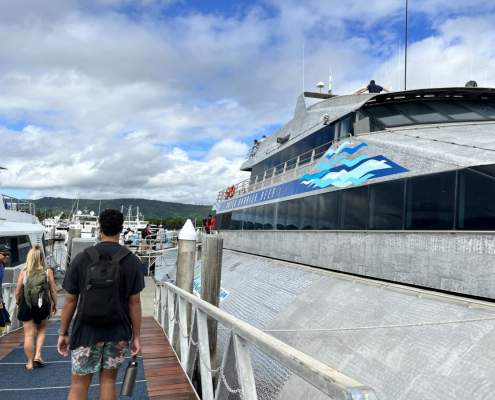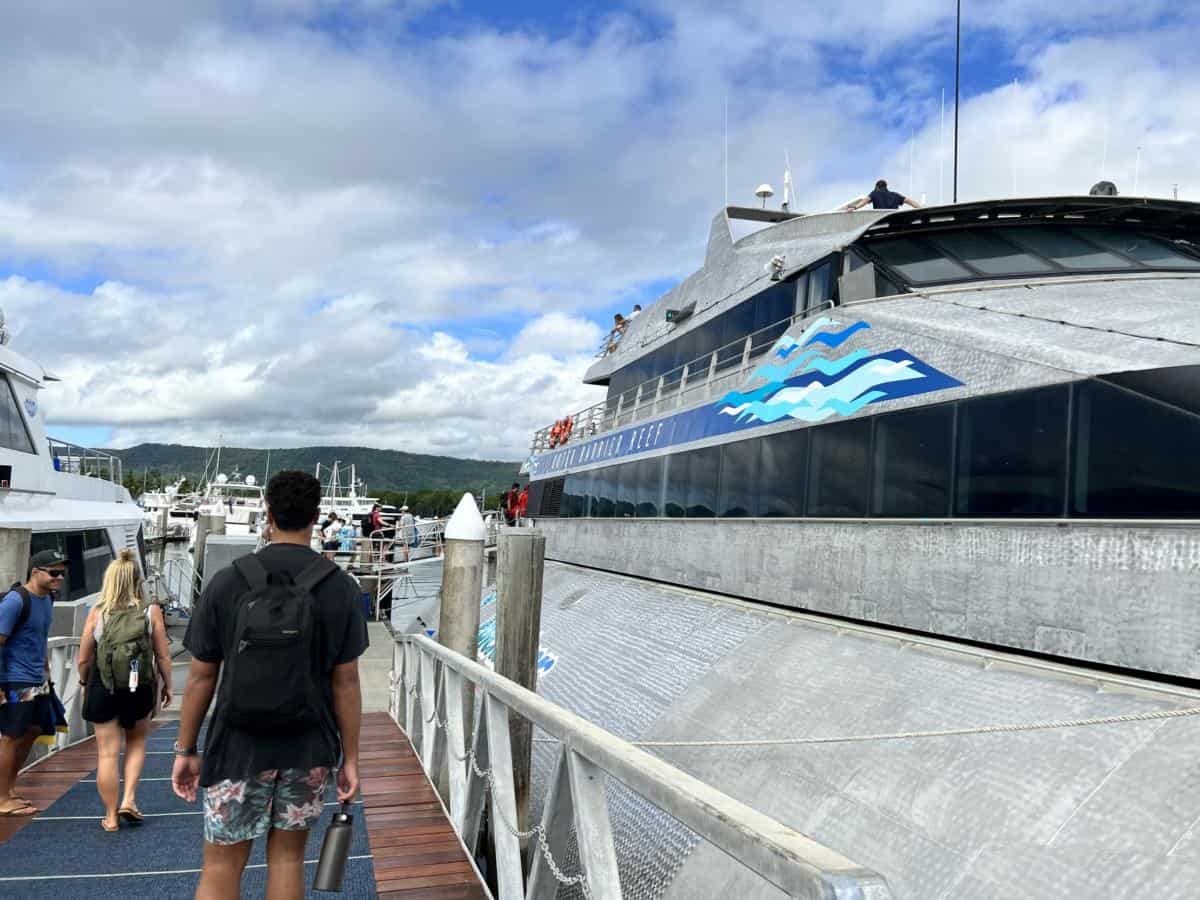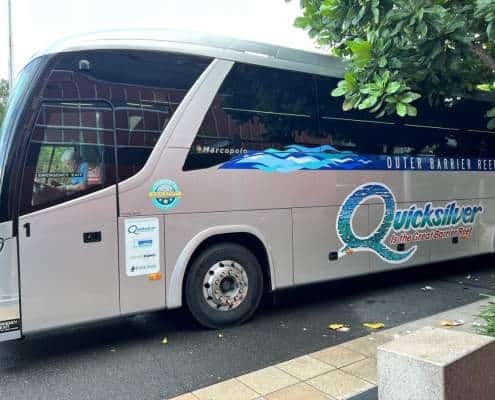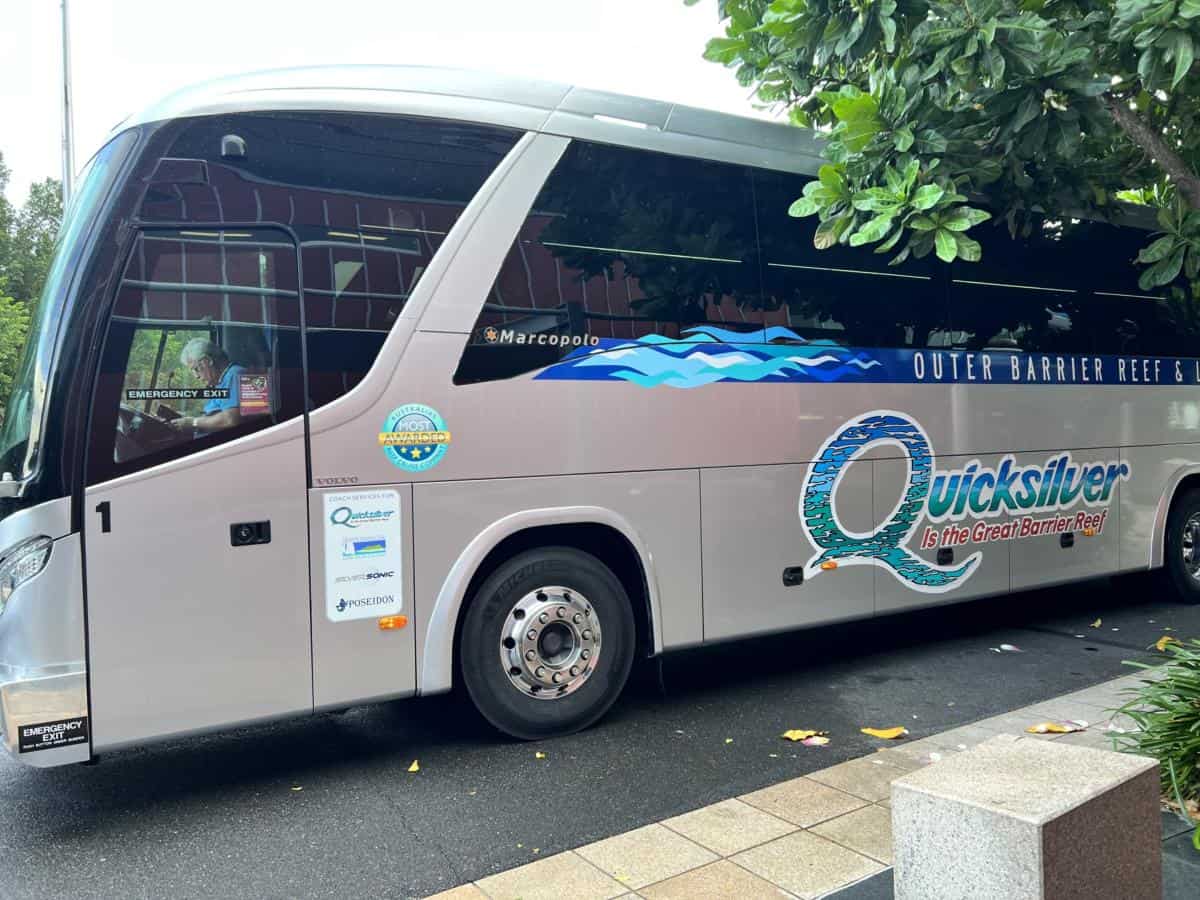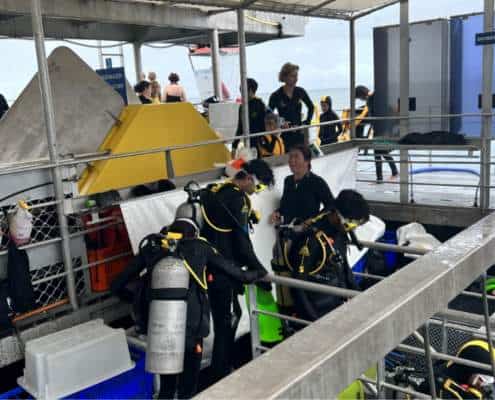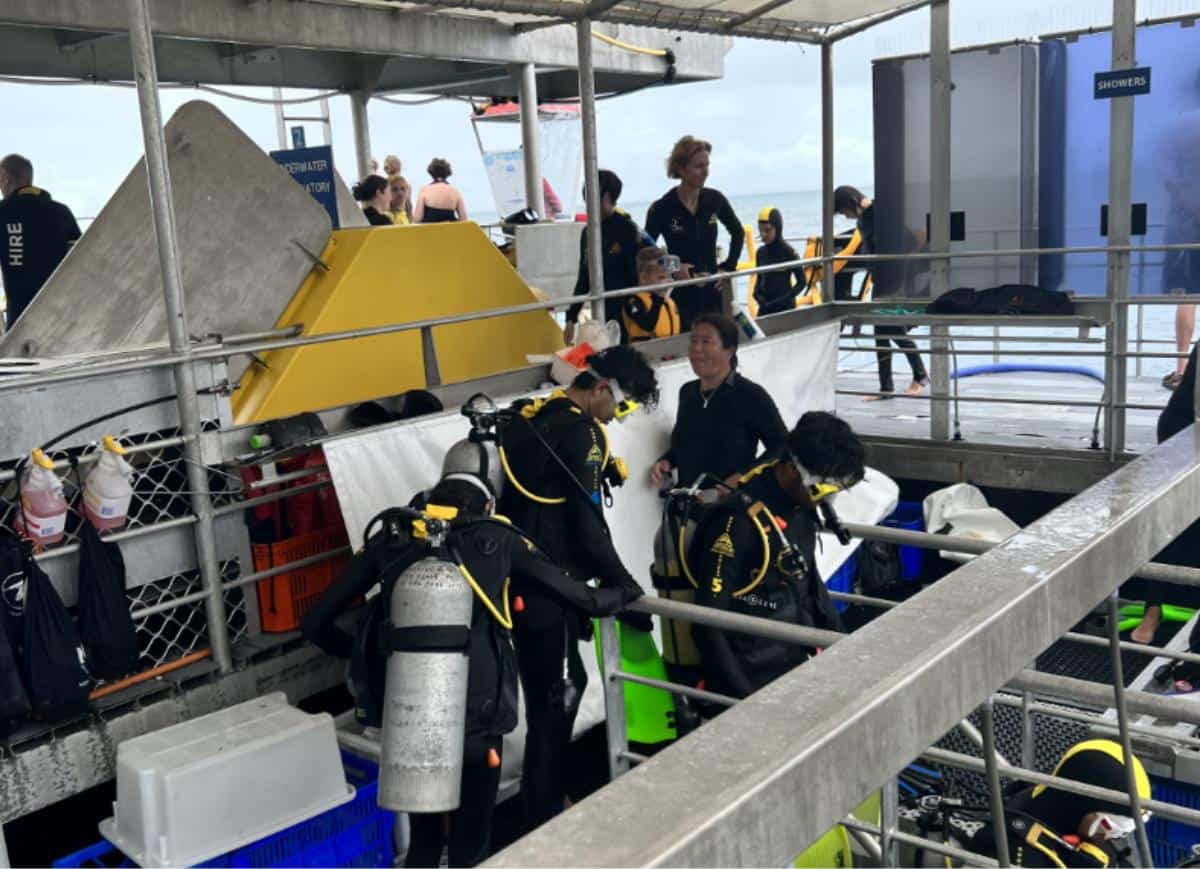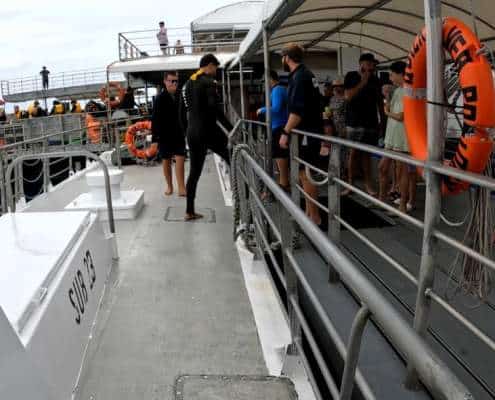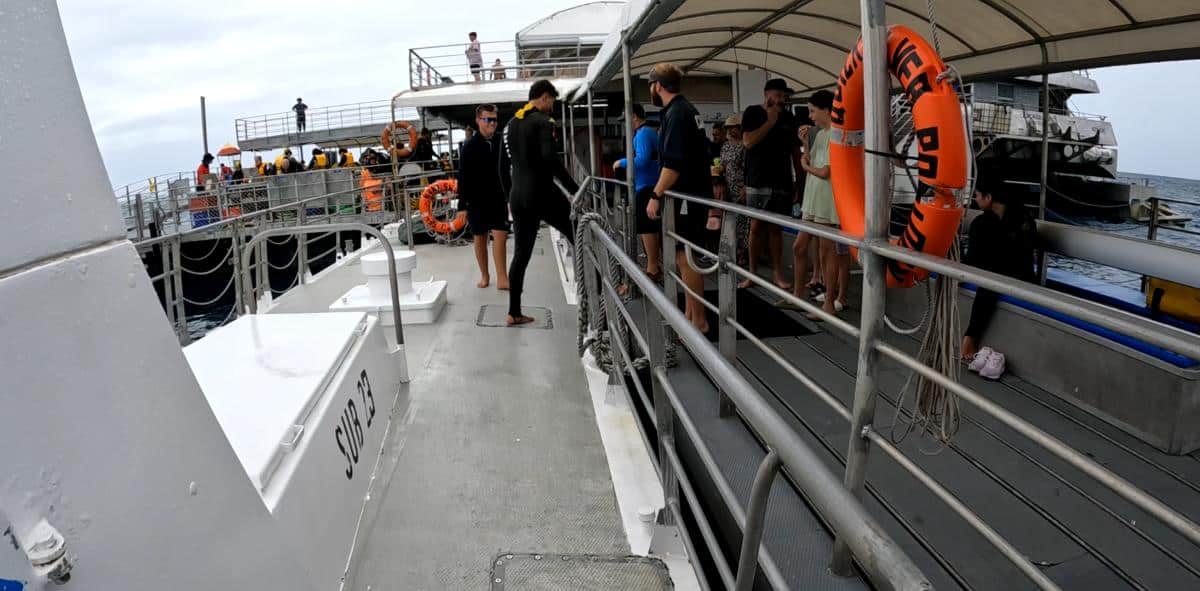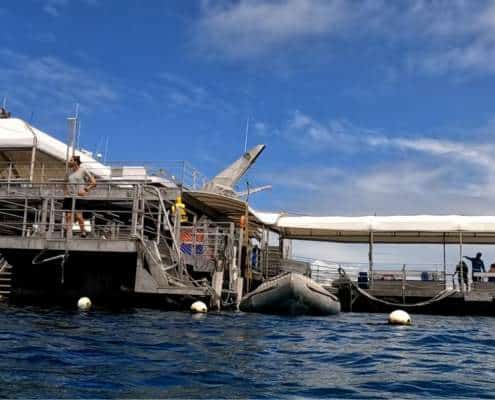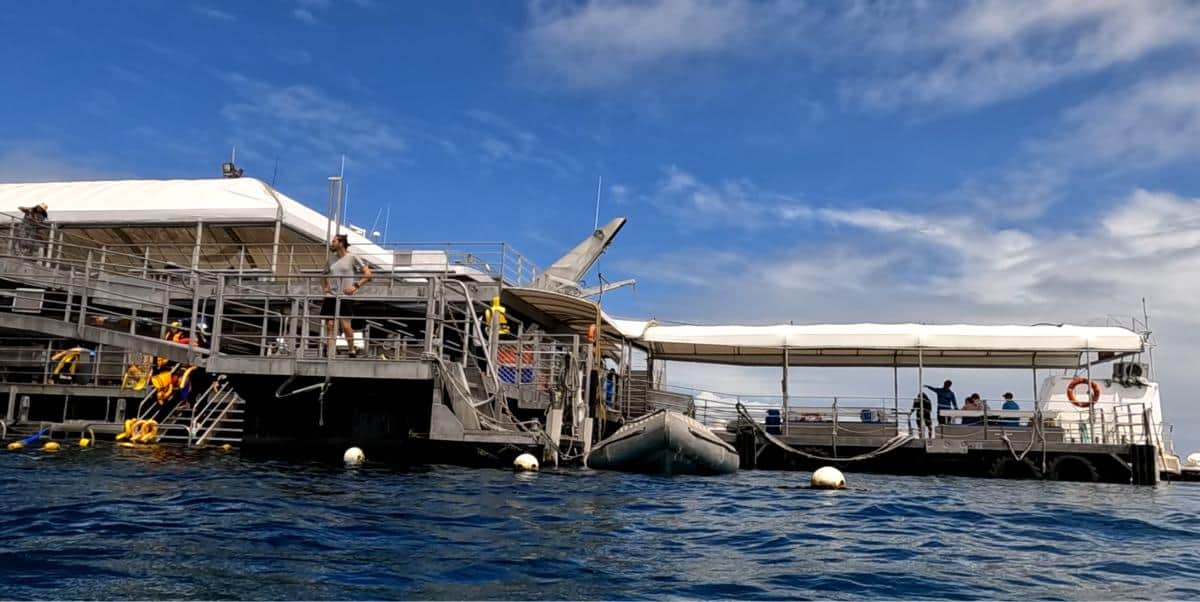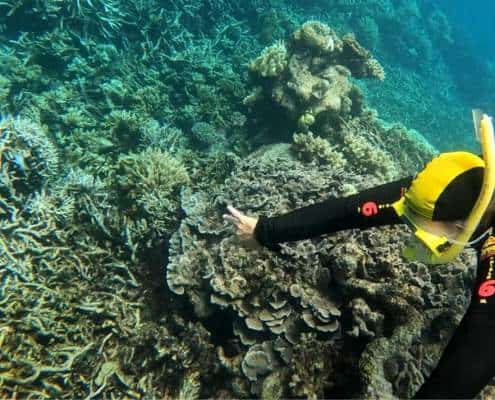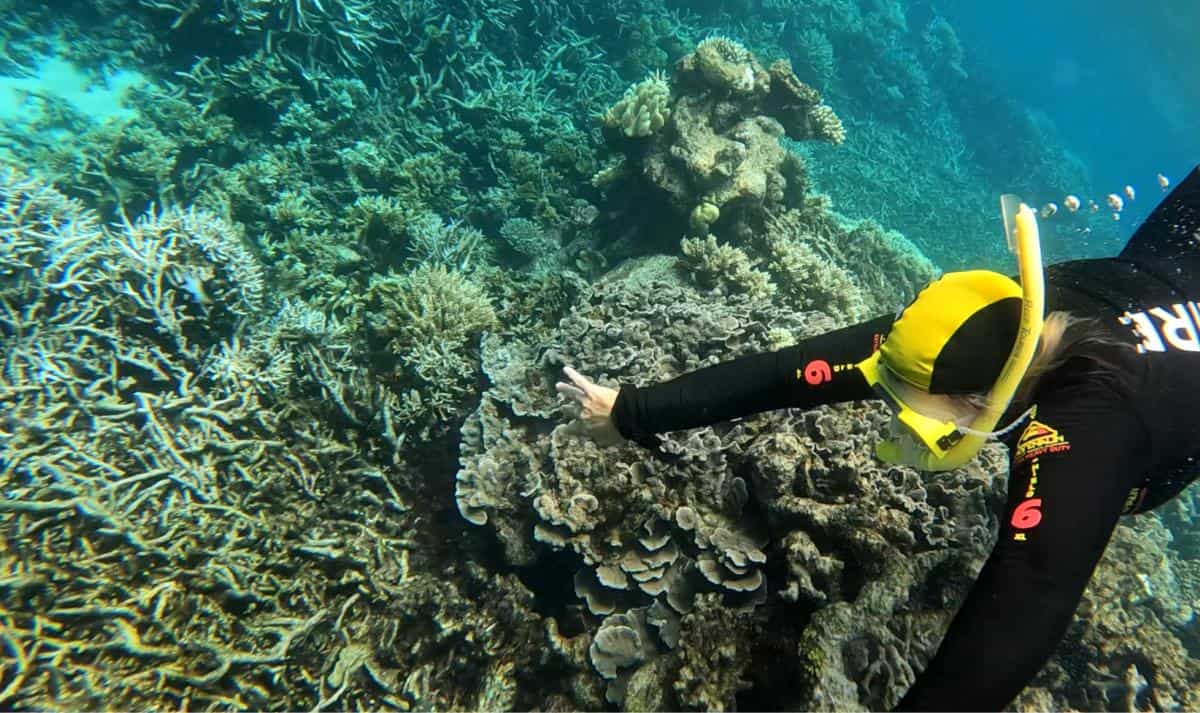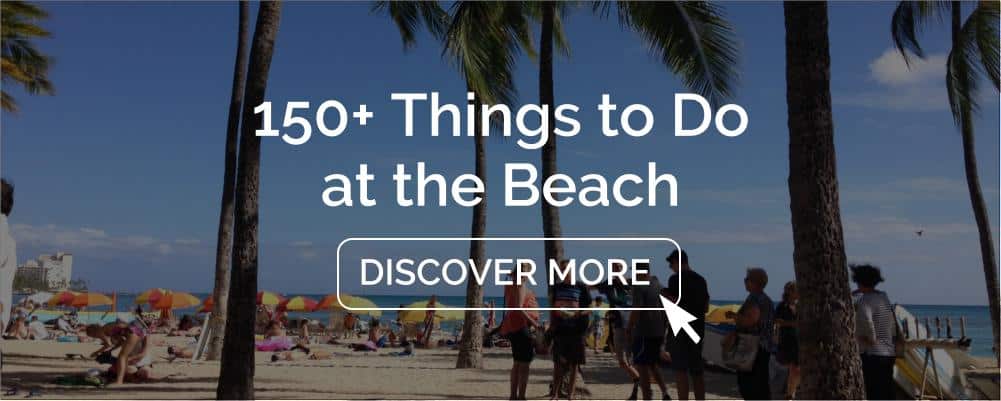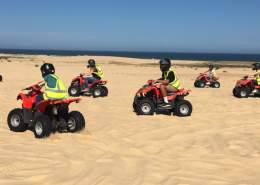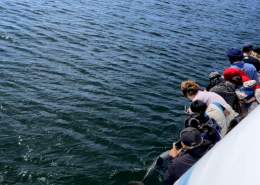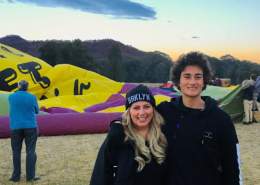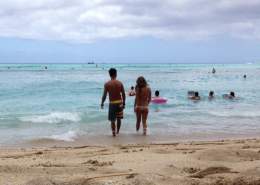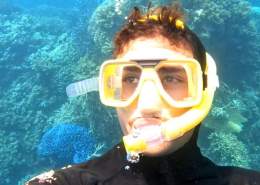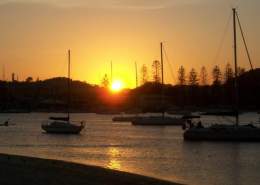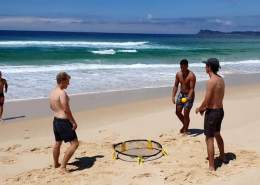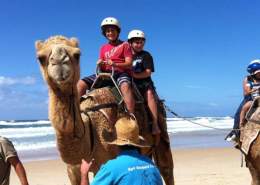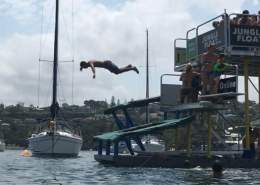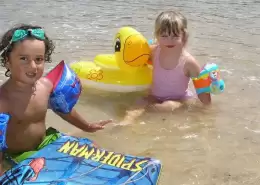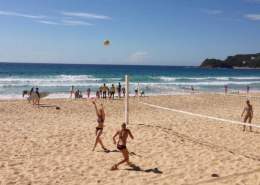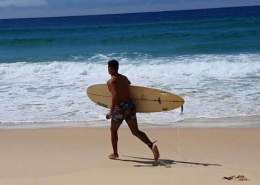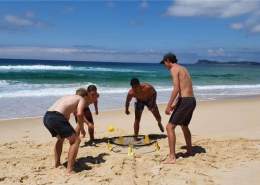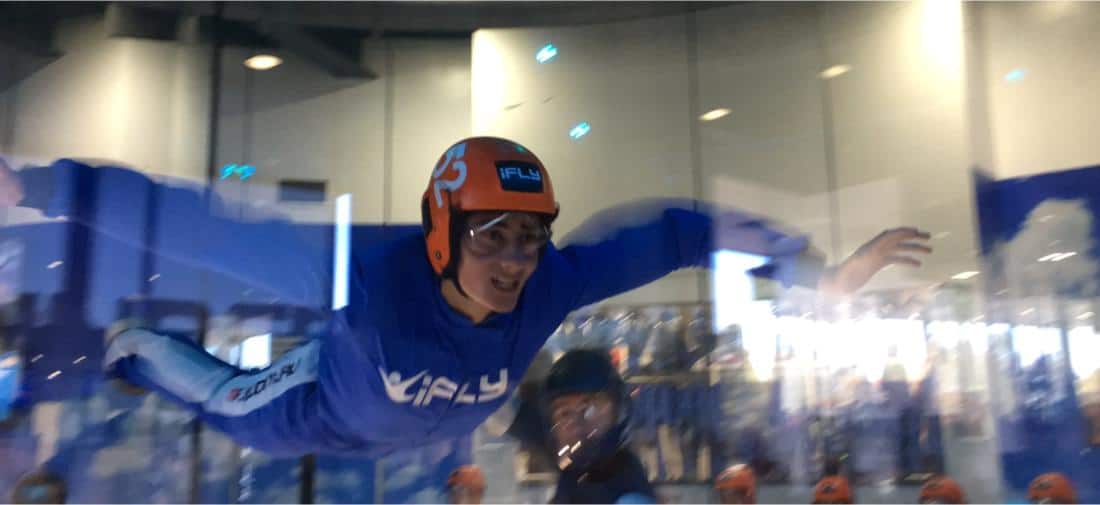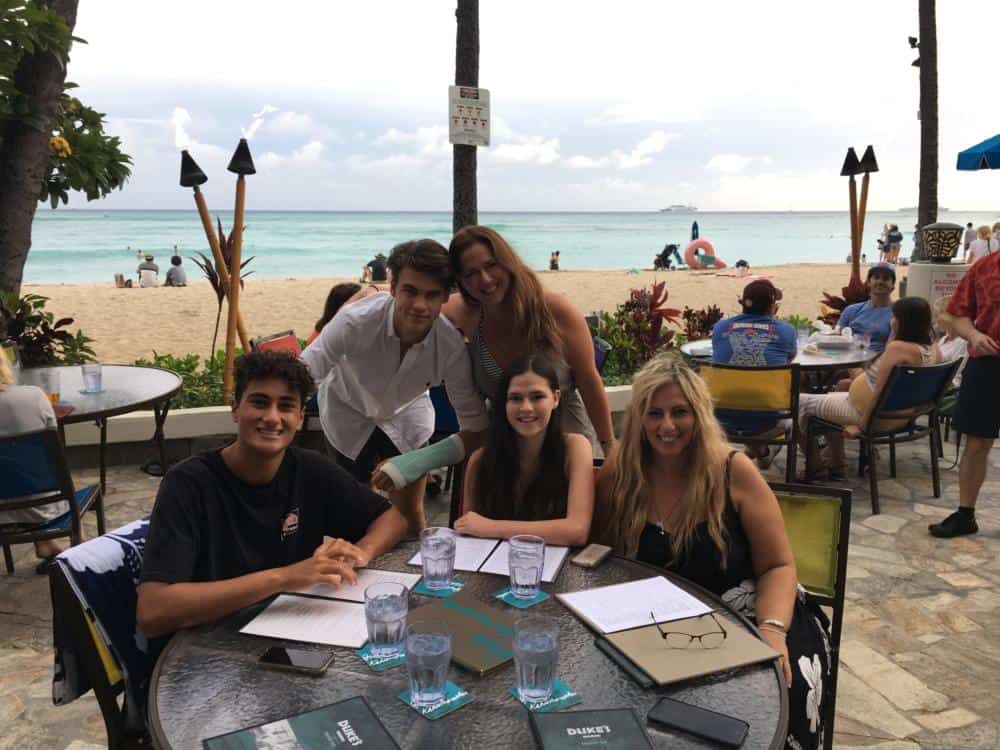Quicksilver Cruises: The Best Great Barrier Reef Snorkelling Tour
There’s nothing quite like cruising the open waters and taking in the natural beauty of the world around you. And with quicksilver cruises, you can do just that while exploring some of the most amazing coral reefs on the planet.
Quick silver cruises to the Great Barrier Reef are some of the most popular cruises in Australia. The Great Barrier Reef is a world heritage site and one of the seven natural wonders of the world. It is home to a huge variety of marine life, including turtles, dolphins, and over 1,500 species of fish. Quick silver cruises offer visitors the opportunity to snorkel and dive in the reef, as well as explore the rainforest and Indigenous culture of the area. The Great Barrier Reef is an amazing place to visit, and Quick silver cruises offer an unforgettable experience.
Taking my son to the Great Barrier Reef has been on my bucket list for many years, but life, cancer and other adventures got in the way.
When I finally booked our trip, we went into COVID lockdown so our trip got cancelled. I was so disappointed! Thankfully 12 months on, when state borders opened up, I was able to re-book our trip.
I held my breath from the time I made our booking, worrying something would happen that would prevent us from going, but thankfully, all went according to plan and we managed to get away.
Although I had planned several activities, our snorkelling trip was the one I was looking forward to the most.
I was determined to find the best possible snorkelling adventure, so leading up to the trip, I did a lot of research into different companies and locations.
There were many snorkelling options including:
- Frazer Island
- Green Island
- Hayman Island
- Lizard Island
- Flynn Reef
- Ribbon Reef
and many others.
And admittedly they all sounded great. Many of the island snorkelling trips were relatively close to Cairns, where we were staying.
But the more reading I did, the more I realised we needed to get to the outer barrier reef.
Many reviews said that there is no comparison when it comes to seeing the best of the reef. And if I was going to do this, I was going to do it right.
One name that kept coming up over and over again was Quicksilver Cruises with their outer reef snorkelling experience at Agincourt – a small group of reefs situated on the very outer edge of the Great Barrier Reef.
Based on all of the positive reviews, I decided to book our trip with them and I’m so glad I did! The entire experience was incredible.
Our Great Barrier Reef Adventure
From the moment we got picked up at our hotel in Cairns to the time we boarded the boat and arrived at the pontoon the staff made us feel welcome and comfortable. They were friendly and professional, and they really knew their stuff when it comes to the Great Barrier Reef.
The ride out to the outer reef pontoon from Port Douglas was smooth and pleasant – it took about 90 minutes and the crew were always on hand to answer any questions and to take us through a safety briefing.
They had cookies and coffee ready for anyone wanting to have a morning tea. I was a little nervous to eat in case I got sea sick, so passed on the snacks.
As soon as we arrived at the reef we could see the clear turquoise water and colorful fish swimming nearby. We were blown away by the sheer beauty of the underwater world.
The Quicksilver staff gave us our gear including a slimming lycra suit to protect us from stingers, matching fins, goggles and snorkel.
We certainly looked the part!
Needless to say we were excited to get started on our snorkelling adventure! Then it was time to jump in! The water was warm and crystal clear. We saw so many different corals and fish, including Dory and Nemo and other sea creatures we’d never even heard of.
Many of the fish were so tame that they would swim right up to us. It was an amazing experience that we’ll never forget.
This was our schedule for the day:
7.50am – Get picked up by Quicksilver coach near our hotel in Cairns
9.30am – Arrive at Port Douglas marina
10.15am – Depart marina aboard Quicksilver boat
11.45am – Arrive at Quicksilver pontoon at outer reef
12.00pm – 1.30pm – Delicious lunch aboard the boat
12 noon – Pick up gear including lycra suit, goggles, fins, snorkel on pontoon
12pm – 3pm – Go snorkelling in marked out areas, take a submersible tour
3pm – Board Quicksilver boat
4.30pm – Arrive back at Port Douglas marina
5.00pm – Board Quicksilver coach
6.30pm – Arrive back at our hotel in Cairns
The Quicksilver Cruise Outer Barrier Reef Experience
Quicksilver offered several experiences besides snorkelling including:
- scuba diving for beginners as well as more advanced divers
- rides on a submersible
- helicopter flights and
- helmet diving
We did go for a ride on a submersible, which was awesome, but for the rest of the time I just wanted to explore on my own and give my new GoPro a workout. There was so much to see and I wish we could have stayed longer.
The thing I loved about Quicksilver Cruises is that they thought of everything to ensure we were safe and thoroughly enjoyed the experience.
They were accommodating to people of all ages, fitness levels and abilities.
Besides providing snorkelling gear, they also had noodles and flotation devices for non swimmers and for those who suffer from a medical condition such as high or low blood pressure, heart disease, asthma, diabetes etc, they provide you with a red tip snorkel or red lifejacket, so the lifeguards know to keep a close eye on you.
The Quicksilver activity platform has everything you could possibly need including
- Underwater observatory
- Semi submersible trips
- Easy access swimming and snorkelling platforms
- Rest stations and floating buoys
- Change rooms
- Fresh water showers
- Oceanwalker helmet diving platform
- Helipad
If you’re looking for an unforgettable snorkelling experience, Quicksilver is definitely the right choice to experience the magic of the Great Barrier Reef.
Photo Gallery
Frequently Asked Questions about The Great Barrier Reef
Where is The Great Barrier Reef located?
The Great Barrier Reef is located off the coast of Queensland, Australia. It is a World Heritage Site and one of the Seven Wonders of the Natural World.
The reef is approximately 2,000 kilometres long and covers an area of over 345,000 square kilometres. It is one of the world’s most popular diving destinations and is a home to a vast array of marine life, including over 1,500 species of fish and 400 species of coral.
Snorkelers and divers can also see turtles, sharks, rays, and other marine life on the reef.
How much does it cost to snorkel or dive at The Great Barrier Reef?
The price of diving on the Great Barrier Reef depends on a number of factors, such as the time of year and the location.
Generally, dive/snorkelling trips to the Great Barrier Reef cost between $200 and $500 per person.
How do you get to The Great Barrier Reef?
There are a number of ways to get to the Great Barrier Reef, including flying and taking a boat or ferry.
The most popular way to get to the reef is by taking a boat from Cairns, Townsville, Mackay, Rockhampton or Port Douglas.
What should I bring for my snorkelling/diving experience?
When diving on the Great Barrier Reef, it is important to wear sunscreen and a hat to protect yourself from the sun. You should also bring plenty of water to stay hydrated.
Other things to bring include:
- a towel
- swimsuit
- snorkel
- fins
- goggles
- sunglasses
- rashie/lycra suit
- wetsuit
- underwater camera
If you are going on a diving / snorkelling cruise, in most cases your equipment is included in the price.
Are there any snorkelling experiences available at The Great Barrier Reef for non swimmers?
If you’re not a strong swimmer, there’s no need to miss out on the incredible experience of snorkelling in the Great Barrier Reef.
There are plenty of tour operators who offer snorkelling trips specifically designed for non-swimmers.
Most of these trips take place in shallow, protected waters where you can float easily and explore the colourful reefs at your own pace.
In addition, many tour operators provide life jackets and other floatation devices to help non-swimmers stay safe and comfortable in the water.
So whether you’re a weak swimmer or simply not confident in your swimming abilities, don’t let that stop you from enjoying the beauty of the Great Barrier Reef.
Is there an age limit for snorkelling The Great Barrier Reef?
There are some age restrictions in place for snorkelling on the reef.
In order to protect both visitors and the environment, only children aged six and over are allowed to snorkel on the reef.
This age restriction ensures that all snorkelers are able to swim confidently and handle the equipment properly.
In addition, it helps to protect delicate coral reefs from being damaged by inexperienced swimmers.
What animals can be found at the Great Barrier Reef?
The Great Barrier Reef is one of the most bio diverse ecosystems on Earth. It is home to thousands of species of fish, corals, molluscs, and other marine life.
The reef also supports a wide variety of birds and mammals, including endangered species such as the dugong and the green sea turtle.
The reef itself is composed of billions of tiny coral polyps, which provide a perfect habitat for fish like the tang, wrasse, triggerfish and damselfish.
These vibrant fish play an important role in the Great Barrier Reef ecosystem, providing food for larger predators like sharks and turtles. In turn, these predators help to keep the population of smaller fish in check, ensuring that the delicate balance of the reef ecosystem is maintained.
Other fish that call the reef their home include the clownfish, the angelfish, and the parrotfish.
Each of these fish plays an important role in the reefs delicate balance. The clownfish, for example, helps to control the population of anemones by eating their eggs. The angelfish graze on algae, helping to keep the reef clean. And the parrotfish play an important role in reef-building by eating coral and excreting sand. Together, these fish help to maintain the health of the Great Barrier Reef and keep it vibrant and alive.
Unfortunately, the Great Barrier Reef is under threat from human activity. Pollution, overfishing, and climate change are threatening the health of the reef and its inhabitants.
What are some great barrier reef snorkelling locations?
Snorkelling is a great way to get up close and personal with the amazing array of marine life that can be found in the Great Barrier Reef. There are many different snorkelling spots to choose from, each with its own unique features.
Here are just a few of the best places to go snorkelling in the Great Barrier Reef:
Heron Island
This coral cay is located in the southern section of the Great Barrier Reef, and is renowned for its clear waters and abundance of colourful reef fish. Visitors can also often spot turtles, manta rays and other large marine creatures swimming nearby.
Lady Elliot Island
Situated at the southern end of the Great Barrier Reef, Lady Elliot Island is a mecca for snorkellers and scuba divers alike. The island is home to a vast array of marine life, including turtles, manta rays, sharks and dolphins.
Ningaloo Reef
This reef is located off the coast of Western Australia, and is one of the few places in the world where you can swim with whale sharks. Other marine life that can be found here includes manta rays, turtles, dolphins and dugongs.
Green Island
Green Island is one of the most popular tourist destinations in the Great Barrier Reef, and for good reason. The island boasts beautiful white sand beaches, clear turquoise waters and an abundance of colourful reef fish.
Fitzroy Island
This island is located in the northern section of the Great Barrier Reef, and is home to a wide variety of marine life. Visitors can expect to see turtles, reef fish, sharks and rays.
Bait Reef
Bait Reef is one of the largest reefs in the Great Barrier Reef, and is teeming with marine life. It is also one of the best places to spot manta rays, turtles and sharks.
What is the Great Barrier Reef luxury snorkel?
On a luxury snorkel tour, you’ll have the chance to see everything from colorful coral to gliding rays and curious turtles.
You’ll also enjoy premium amenities, such as comfortable equipment and a delicious lunch served on a private beach.
Best of all, you’ll have a knowledgeable guide to show you the best spots and help you spot wildlife.
With its once-in-a-lifetime scenery and unparalleled luxury, a Great Barrier Reef snorkel tour is an unforgettable experience.
How do I stay safe while snorkelling at the Great Barrier Reef?
Snorkelling is a great way to explore the reef, but it’s important to be aware of the potential risks.
First and foremost, it’s important to only snorkel in areas that are well-marked and protected from strong currents. It is a good idea to snorkel with a buddy and wear a life jacket or wetsuit for additional buoyancy.
Second, be sure to wear adequate sunscreen, as the sun’s rays can be very intense in this part of the world. Where possible use environmentally-friendly sunscreen to avoid polluting the water.
Lastly, be on the lookout for dangerous marine creatures, such as box jellyfish and stonefish.
To avoid harming yourself or the delicate coral ecosystem, refrain from touching the coral, as even well-meaning contact can cause damage.
Be aware of your surroundings and be careful not to kick up sand or stir up sediment, as this can reduce visibility and make it difficult for sea life to breathe.
What are box jellyfish and how dangerous are they?
When swimming at the Great Barrier Reef, it is important to be aware of the dangers of box jellyfish.
These creatures are translucent and nearly impossible to see in the water, making them a serious threat to swimmers and snorkelers.
Box jellyfish have tentacles that are covered in venomous cells, and their sting can be deadly. However, there are some simple steps that you can take to avoid getting stung.
First, make sure to wear a full-body wetsuit or swimsuit. This will provide some protection if you do come into contact with a jellyfish.
Second, avoid swimming in areas where there have been recent reports of jellyfish sightings.
Thirdly, don’t swim alone – have someone with you who can keep an eye out for box jellyfish.
Finally, if you do see a box jellyfish, don’t try to touch it or swim away from it – call for help from a lifeguard or other authority figure.
When is box jellyfish season?
From November to May, large numbers of jellyfish are drawn to the warm waters of the reef, making swimming and snorkelling unsafe for many visitors.
While most jellyfish are harmless, some species can deliver a painful sting. And in rare cases, a sting can be fatal.
What is the water visibility at the Great Barrier Reef?
The water visibility at the Great Barrier Reef is an average of 30 meters. However, it can range from 10 meters to over 100 meters, depending on the time of year and the weather conditions. The best time to see the reef is from May to September, when the water is typically the clearest.
Where to Stay for Your Great Barrier Reef Adventure?
When planning a trip to the Great Barrier Reef, choosing the right accommodation can make all the difference. Whether you’re after a lively city atmosphere, a laid-back coastal retreat, or an exclusive beachfront escape, there are plenty of great options to suit every traveller.
Cairns – The Gateway to the Reef
Cairns is one of the most popular places to stay for reef visitors, offering a bustling city vibe with plenty of restaurants, bars, and attractions. It’s the main departure point for many reef tours, making it a convenient choice for those who want easy access to boat trips. If you’re looking for a lively atmosphere and a variety of accommodation options, Cairns is a great base.
Port Douglas – Luxury and Laid-Back Vibes
Located about an hour’s drive from Cairns, Port Douglas is known for its stunning Four Mile Beach, luxury resorts, and relaxed coastal feel. Many Great Barrier Reef tours, including Quicksilver Cruises, depart from Port Douglas, making it another fantastic option for travellers. It’s ideal for those who want to mix adventure with high-end accommodation and fine dining.
Palm Cove – A Peaceful Beachfront Escape
If you prefer a tranquil, picturesque setting, Palm Cove is the perfect spot. Just north of Cairns, this tropical paradise offers a quiet retreat with stunning beachfront views, boutique resorts, and an intimate atmosphere. For those wanting stress-free beachfront accommodation, The Reef House is an excellent choice, offering a luxurious and relaxing stay right by the ocean.
No matter where you stay, the Great Barrier Reef is within easy reach, offering incredible snorkelling, diving, and marine life experiences. Whether you choose the convenience of Cairns, the luxury of Port Douglas, or the peaceful charm of Palm Cove, your reef adventure will be unforgettable.
Accommodation at Port Douglas
Diving on the Great Barrier Reef is an exciting and exhilarating experience. The reef is home to an incredible diversity of marine life, and the colourful coral is a major attraction for divers. If you’re looking for an unforgettable diving adventure, the Great Barrier Reef is the perfect destination and Quicksilver Cruises is a company to go with.
 ***
***
Ivana Katz is a Sydney based website designer and travel blogger. Having her own business has given her the freedom to explore the world. She believes travel is the best teacher and her passion for adventure, writing and photography has taken her and her son to some amazing places, including Hawaii, Canada, Fiji, Greece and Czech Republic. Ivana’s favourite thing about travelling is learning, discovering hidden gems and creating memories. She loves nothing more than inspiring other women to chase their dreams and explore the world with their families and friends.
What’s Nearby
Fitzroy Island
Green Island
Cairns
Port Douglas
Townsville

